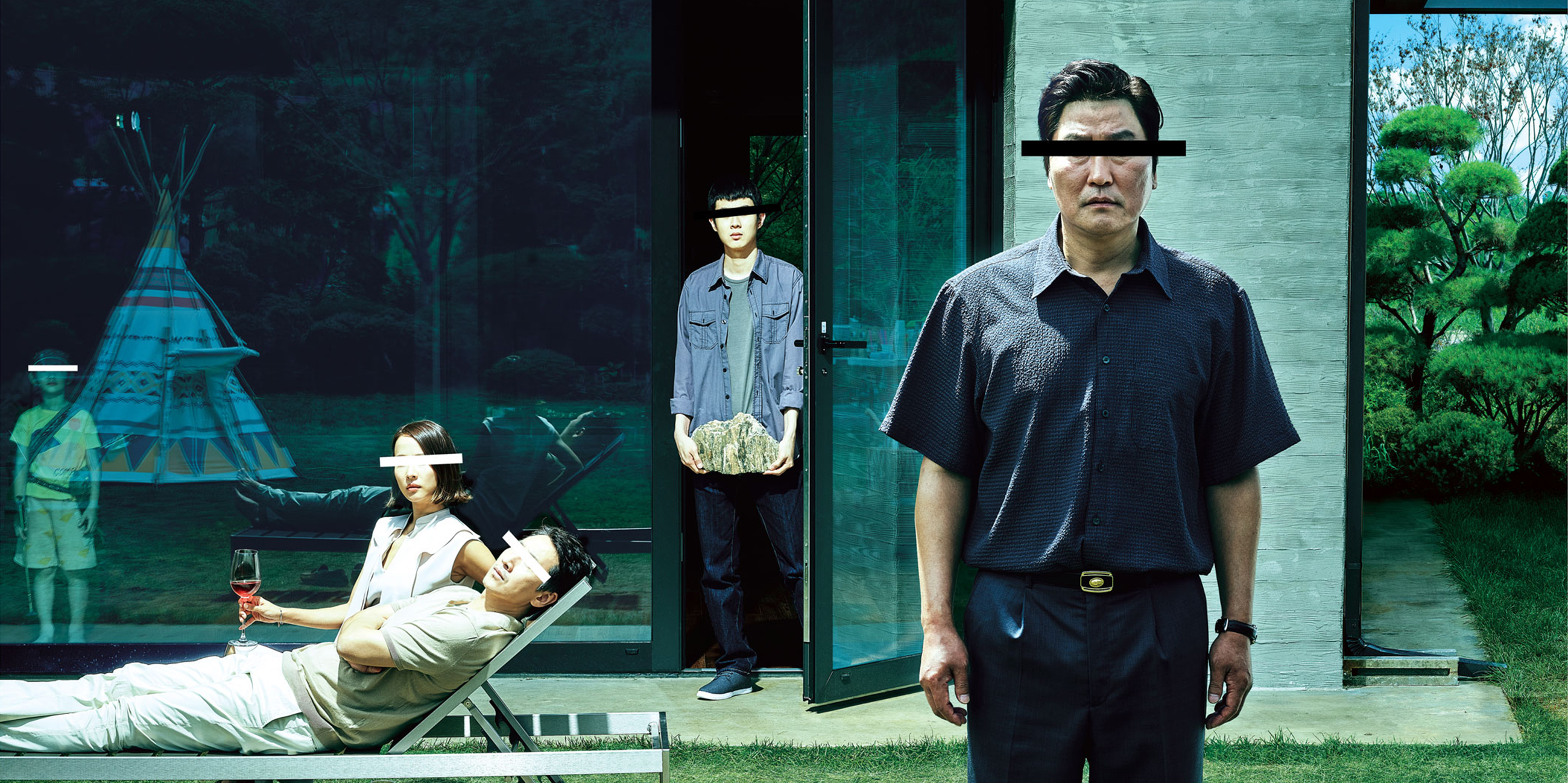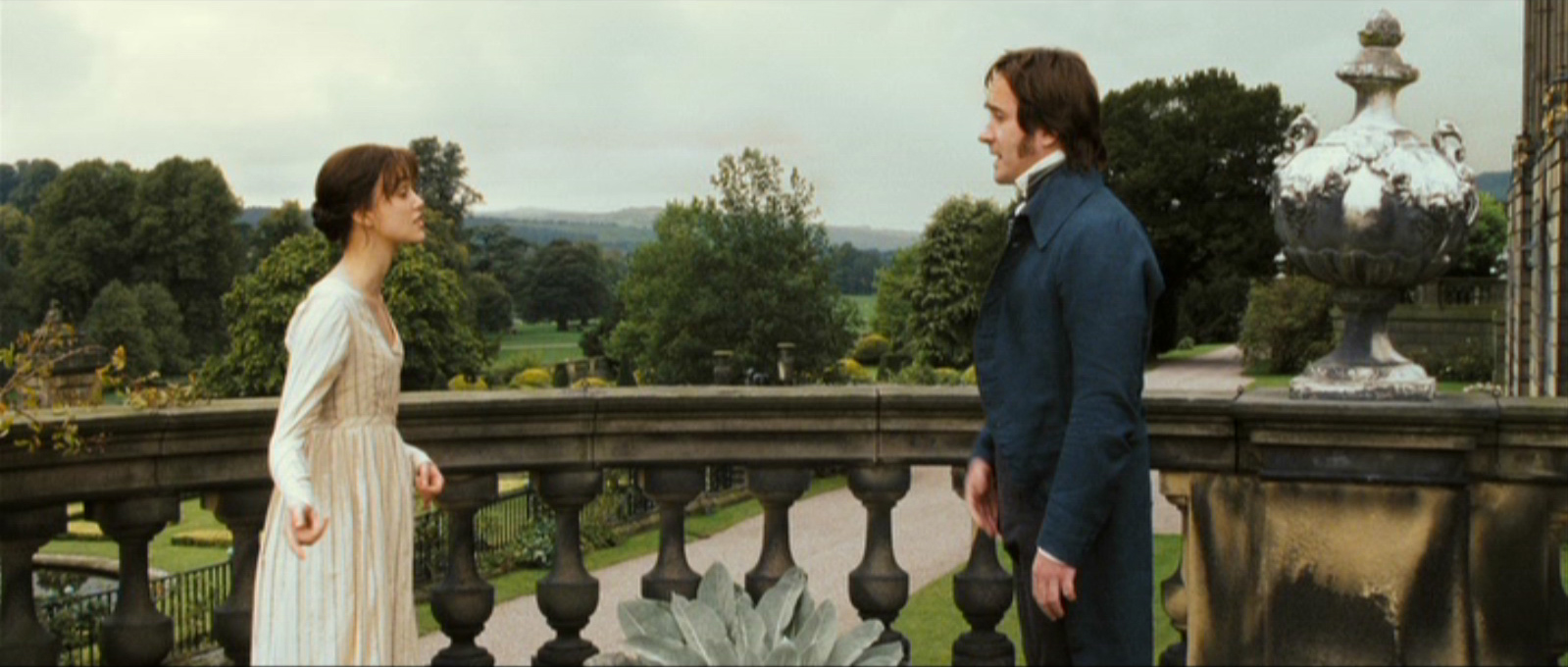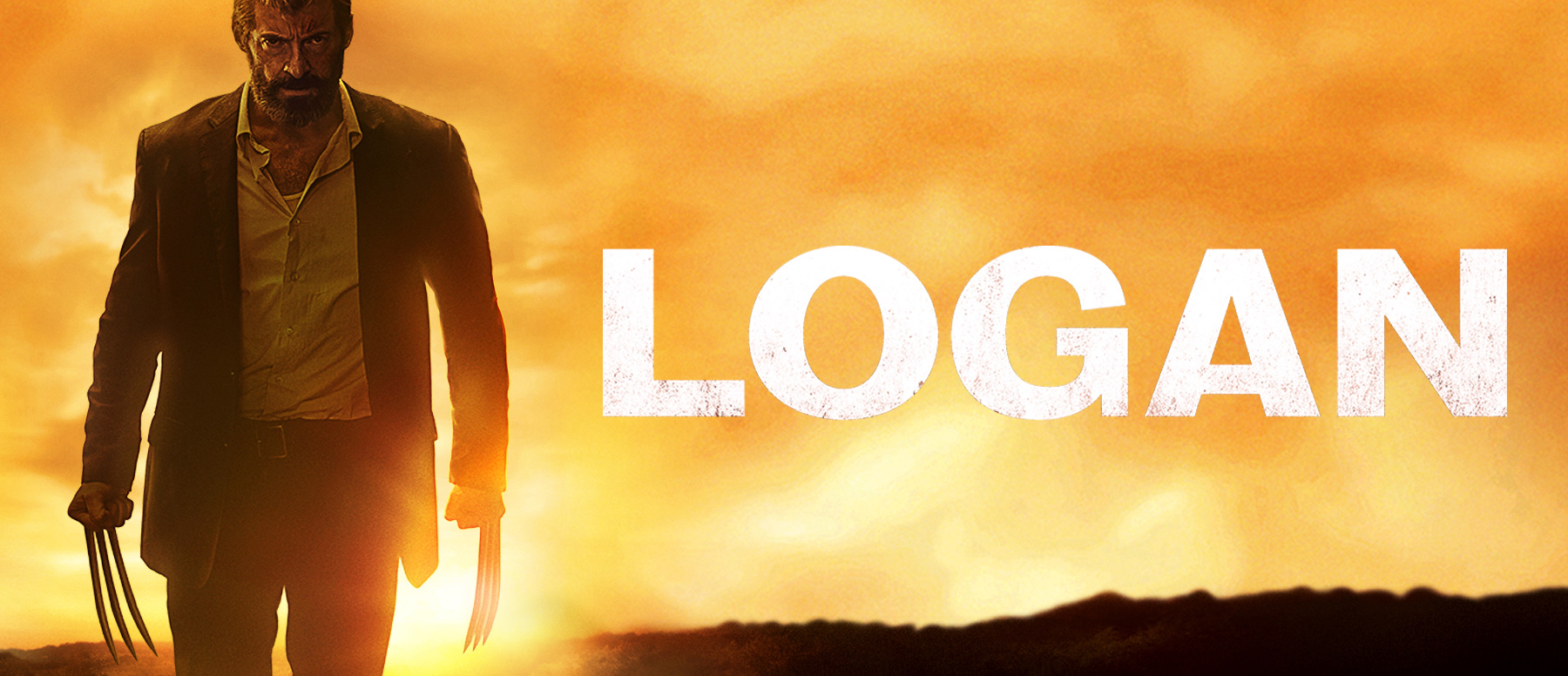The world is in shambles, but I’m still out here…. blogging.
Ah, conflict. The crux of every good story also happens to be one of the hardest things to nail when writing, because of course it is. Conflict brings out the best and worst in characters, provides narrative drama and tension, and reflects upon deeper ideological struggles. Too much of it, and the story and characters feel high-strung and soapy. Too little, and there’s barely any story at all.
Today’s post is about the three primary types of character conflict, and how you can use each type to build a plot. Of course, a well-rounded story will often feature multiple lines of conflict, so try to find interesting ways to mix these basic forms up and complicate them a bit.

physical conflict
Physical conflict is what probably springs to mind when you hear the word ‘conflict.’ It’s the good stuff—big action set pieces, swords and lightsabers and the like. Most major blockbusters hinge on this sort of conflict, usually between two men of equal beefiness and limited intellect. And honestly, who doesn’t enjoy watching a colorful, explosive action sequence? It’s half the appeal of going to a movie theatre these days.
Unfortunately, physical conflict’s prevalence in modern media has made it more than a bit stale. I think a large part of it is that Western media has become desensitized to violence to a point where it rarely comes as a shock. Sometimes it barely even registers as a conflict; the heroes and villains throw punches more out a sense of duty to the audience than anything else. However, when utilized correctly, physical conflict can be much more than an obligatory final shoot-out.
Example:

In Parasite, physical conflict is used as an extreme last resort. The Kim family’s conflict escalates into physical violence, rather than starting out with fisticuffs. The build from an interpersonal conflict into a physical one makes those final moments all the more gut-wrenching, and the violence comes across as extremely upsetting and unnecessary. It’s masterful, and this escalation is what keeps you on the edge of your seat.
Consider this: if your current plot hinges quite a bit on physical conflict and fights, figure out what’s going on underneath. Why are the characters fighting? Which less critical fight scenes can you take out, in order to make that final physical confrontation all the more jarring? How does your story escalate to the bloody boiling point?

interpersonal conflict
Like physical conflict, interpersonal conflict occurs between two or more characters. However, it is an ideological, personal, communication-based type of conflict. It’s the kind most of us experience in our day-to-day lives, in one form or another.
Interpersonal conflict can devolve into or encompass physical conflict between characters, but it doesn’t necessarily have to. Because it’s the most familiar type of conflict to us, it’s the most common primary conflict in contemporary genres. And it has so many different iterations, mostly depending on the characters involved and their respective situations.
However, due to how trite interpersonal conflicts can seem to those not directly involved in them (think of the last time your friend had a fight with their SO… how invested were you, really?) it can sometimes be difficult to write interpersonal in a truly engaging way.
Example:

Jane Austen’s Pride and Prejudice uses interpersonal conflict between the main character and her love interest to both unmask their respective flaws and push them toward growth, which eventually allows them to get over themselves and get hitched. Elizabeth and Darcy never resort to a sword fight, but the delightfully passive-aggressive Regency-era conflict that immediately arises between them is both vividly apparent and ever-evolving. Darcy makes a rude comment about Elizabeth, who takes great offense and hates him for it, then he gets a big fat crush on her that she doesn’t notice. Their relationship is further complicated by Jane and Bingley’s budding romance, family drama, and so much miscommunication.

internal conflict
For a character to grow, change, and have an arc, they must face some sort of internal conflict. Often, this will arise from complications brought upon them by interpersonal and physical conflicts they encounter. An enemy’s ideology challenges their own long-standing beliefs, or the betrayal of a friend causes them to seek revenge, despite their best interests—the external conflict of the story breeds internal conflict.
Internal conflict is perhaps the most important form of conflict, but when mishandled, it can often become a source of frustration for the audience. Tortured, brooding heroes are cool and all, but if they constantly halt everything to grapple with the moral complexity of killing that dastardly uncle of theirs, the shtick gets old. Pretty quickly, actually.
Example:
Logan is rife with physical and interpersonal conflict, but the core battle of the story is all internal, baby. The titular character is literally battling himself on the inside—the adamantium coating his bones is poisoning him from the inside out—but he is also grappling with his own destructive nature. There’s lots of slashing and screaming, sure, but the brunt of Logan‘s conflict is Wolverine being confronted with his violent past again and again, even as he tries his damndest to escape it. Even though it’s a movie with mutants, clones, and super-children raised in labs, Logan‘s internal conflict lends it an unexpected amount of emotional depth. The culmination of his final choice, an act of self-sacrifice to his own clone that officially closes the book on the past era of X-Men and allows the future generation to safely escape, brings tears to my eyes every damn time. 
conflict reflects theme
Will I ever shut up about theme? (Answer: no, definitely not.) I touched on this a bit in my Why Stories Need Theme post, but conflict is generally the primary expression of theme in a story. Mostly because, y’know… conflict kinda is the story. Whether it’s an epic fantasy good vs. evil ideological battle or a slow-paced contemporary where the main character struggles with the loss of a loved one, conflict is the most straightforward expression of theme you will find in most stories. Mostly because it’s the sole true indication of what your main characters are fighting for, and why.
This is something I had to work out in my current project. The primary conflict was originally centered around the Odyssey-style journey of the characters, as I hadn’t quite hammered out theme yet. It was only when I figured out my whole culpability/responsibility theme that I was able to really work out my characters’ individual conflicts, and their conflicts with one another. Shaman character feels responsible for guarding her family’s secret even if it hurts her friends, prince character is learning some hard lessons about the sacrifices that come with leadership, and pirate character’s vengeance quest takes a nasty turn when she admits she’s the one who feels responsible for her sister’s death.
There are a ton of kinks to work out, but as you can see, it all ties together in a glorious tapestry of solid storytelling. Or at least, it will. Eventually.
That’s all for this week! Since all my classes have moved online and I’ve already lost interest in literally everything on streaming, I currently have way too much time on my hands. In other words, keep an eye out on this space for future posts about writing and like… life and stuff in a time of plague. Yay.
xx
twitter: @sweater_giraffe


Leave a comment